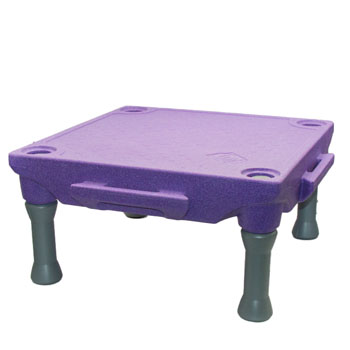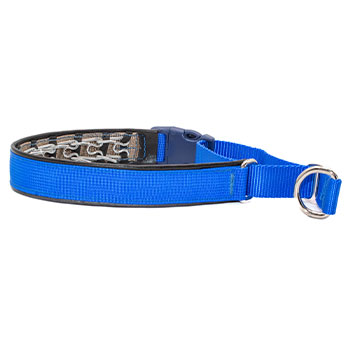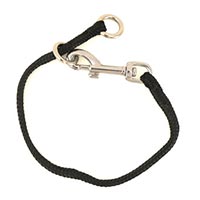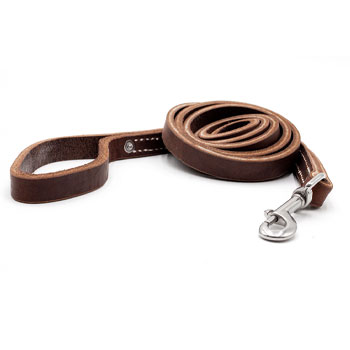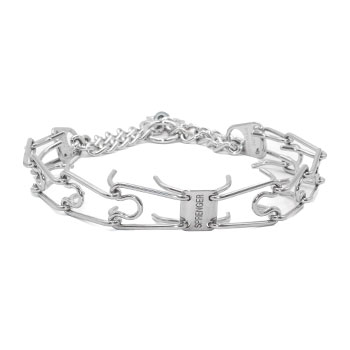April 28, 2011
We have done a lot of training, but we have one main problem of prey-drive quirks and his want to get things. Will he get any better with age?
Full Question:
Hi Cindy:We have a 2.5 year old male Belgian Malinois (neutered), who comes from a line of fairly high drive dogs (several of his siblings were sold for police work).
Our dog has had very extensive training. We've purchased many of the Leerburg videos dealing with drive, focus & motivation, conflict, to name a few; we have put him through all the obedience classes from Basic through Advanced, worked privately with a very good trainer, and also with another trainer, a retired K-9 handler who has 30 years of experience with these dogs.
Overall, he's a great dog, but requires a tremendous amount of activity (which is fine, as my husband is retired, so they do high activity everyday - walks two times a day, hiking, frizbee, playing "ball" and a number of other activities). We always make him "work" for everything also, so as we play ball, hike, whatever, he has to work for it. Generally, he performs well and is obedient, except for the following quirk --the one "problem" we have been unable to break is his prey-drive quirks. He wants to "get things," both moving and stationery objects such as the sliding door at it's opened and closed, the vaccuum, his dog bed (he'll rip to shreds, so needless to say he gets no more beds; but other than that, he is not destructive with other things at all).
Also, anytime my husband is doing work around the yard that involves any use of equipment (mower, blower, trimmers, etc.), this dog loses his mind. During this time, the dog is confined to his kennel and he will jump up and down five feet in the air, growl, bark (unless his bark collar is on), and just go nuts. We have every tool available from a pinch collar, a bark collar, to an e-collar, but no amount of correction will dissuade his drive to go after certain items. I have suggested my husband just put him in his plastic crate away from the activity, so he does not wear himself out or hurt himself in the kennel (he has cut his leg on the chain link more than once).
Is there any additional training we can focus on to reduce these high drive tendencies and curtail his drive behavior, or is this just a fact of life with these types of dogs? Will he get any better with age?
We appreciate any advice you can give us!
Annette

 Cindy's Answer:
Cindy's Answer:
The behavior you are seeing with your dog will not get better with age. If you don’t do something about it, it will actually become more pronounced.
A lot of high drive dogs do this; if the ecollar is used correctly you can control the dog in these situations and teach him that this behavior is not allowed. I don’t believe that these types of dogs can ever be trusted unattended without an ecollar on around these stimulus.
What I do for my dogs like this, I crate them out of sight of the lawn mower, 4 wheeler, etc…. I don’t leave them in a kennel run in sight of these things. It tends to make them worse. The rule for any problems like this is to never have the dog get reinforcement for this ever again. This means if you aren’t out with him AND prepared to interrupt the behavior, then he should be in a crate out of sight and hearing. I may also use a bark collar in the crate too.
I will also have them out with me, and use the ecollar with a Leave It or No when they even glance in the direction of the item that I know is going to set them off. You’ll need to do training steps. You’ll start with the dog around the item when it’s not turned on, then with your husband touching the item, then with him acting like he’s going to turn on the engine, etc... If you wait until the dog is already leaping and going crazy, it’s too late for meaningful training. You need to catch the dog BEFORE he starts barking and carrying on. By allowing the dog to behave like he has been you are actually creating instability and he’s getting reinforcement for acting like this.
I’m not sure what kind of ecollar you have, but if it’s not working for your dog then I might advise a different model.
I hope this helps.
Cindy
A lot of high drive dogs do this; if the ecollar is used correctly you can control the dog in these situations and teach him that this behavior is not allowed. I don’t believe that these types of dogs can ever be trusted unattended without an ecollar on around these stimulus.
What I do for my dogs like this, I crate them out of sight of the lawn mower, 4 wheeler, etc…. I don’t leave them in a kennel run in sight of these things. It tends to make them worse. The rule for any problems like this is to never have the dog get reinforcement for this ever again. This means if you aren’t out with him AND prepared to interrupt the behavior, then he should be in a crate out of sight and hearing. I may also use a bark collar in the crate too.
I will also have them out with me, and use the ecollar with a Leave It or No when they even glance in the direction of the item that I know is going to set them off. You’ll need to do training steps. You’ll start with the dog around the item when it’s not turned on, then with your husband touching the item, then with him acting like he’s going to turn on the engine, etc... If you wait until the dog is already leaping and going crazy, it’s too late for meaningful training. You need to catch the dog BEFORE he starts barking and carrying on. By allowing the dog to behave like he has been you are actually creating instability and he’s getting reinforcement for acting like this.
I’m not sure what kind of ecollar you have, but if it’s not working for your dog then I might advise a different model.
I hope this helps.
Cindy
100% (6 out of 6)
respondents found this answer helpful

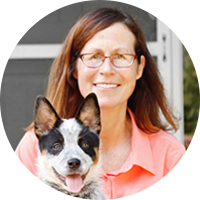
Can't find what you're looking for?



